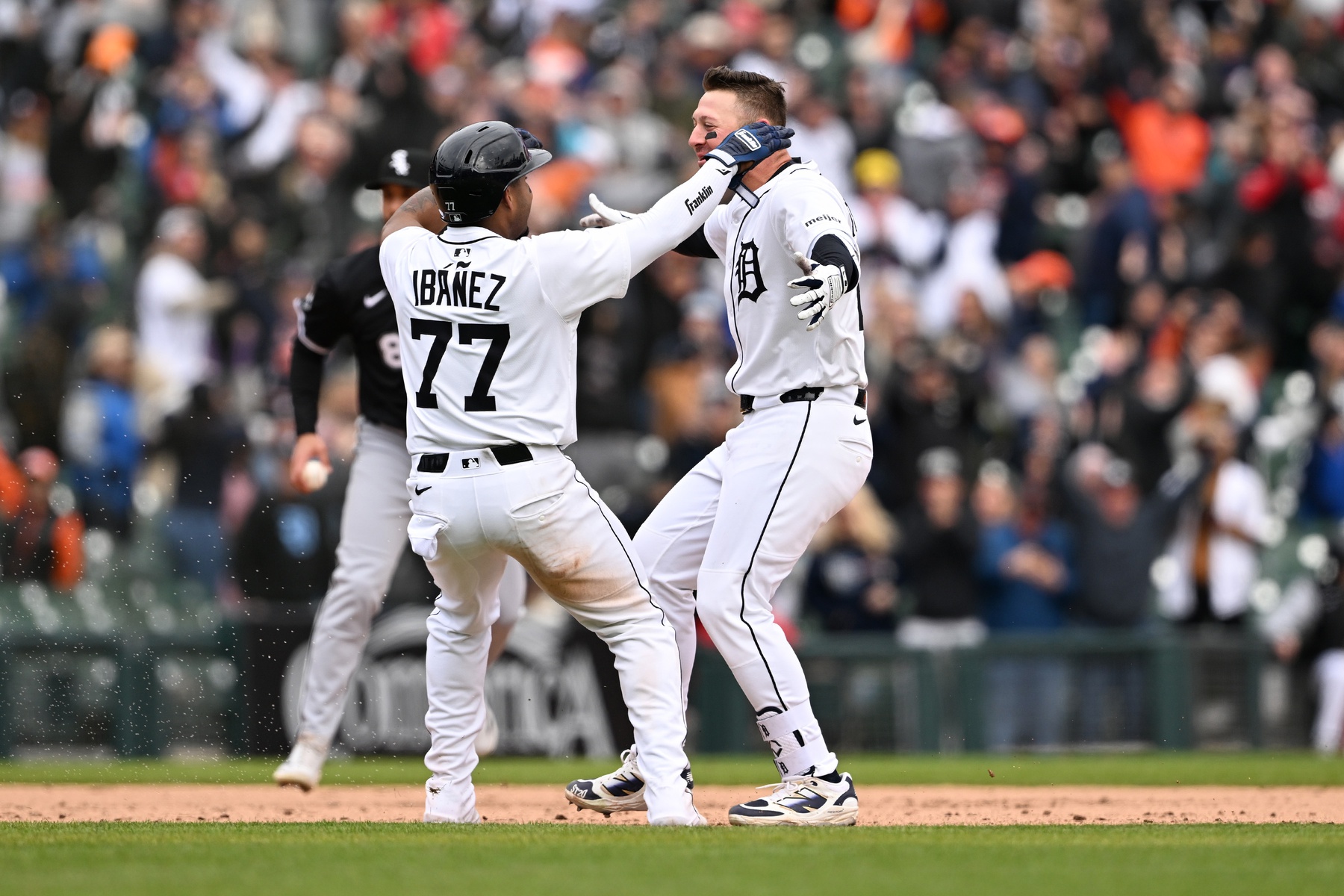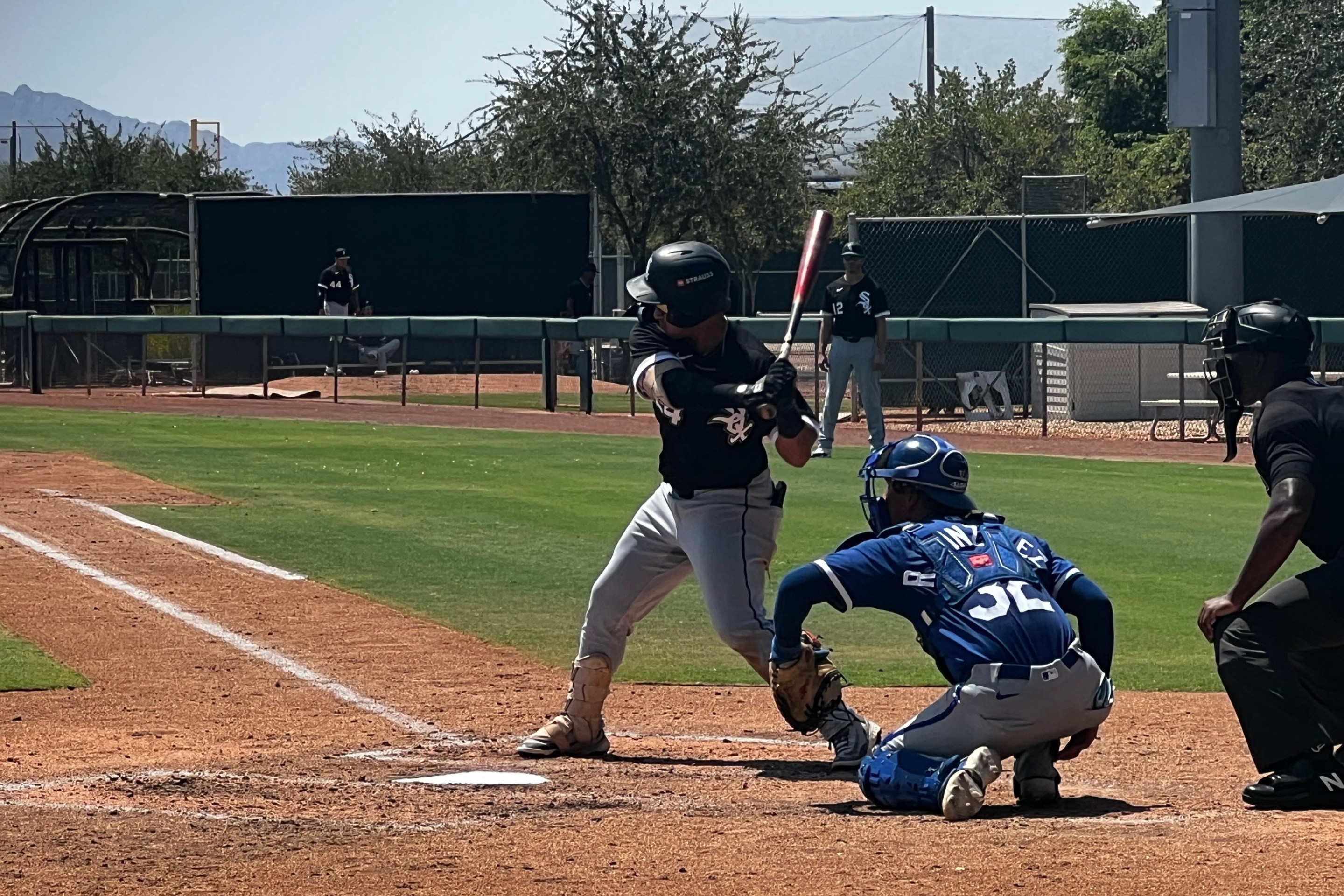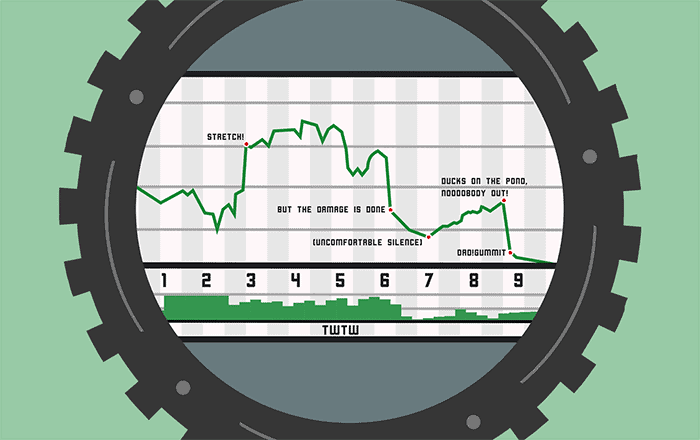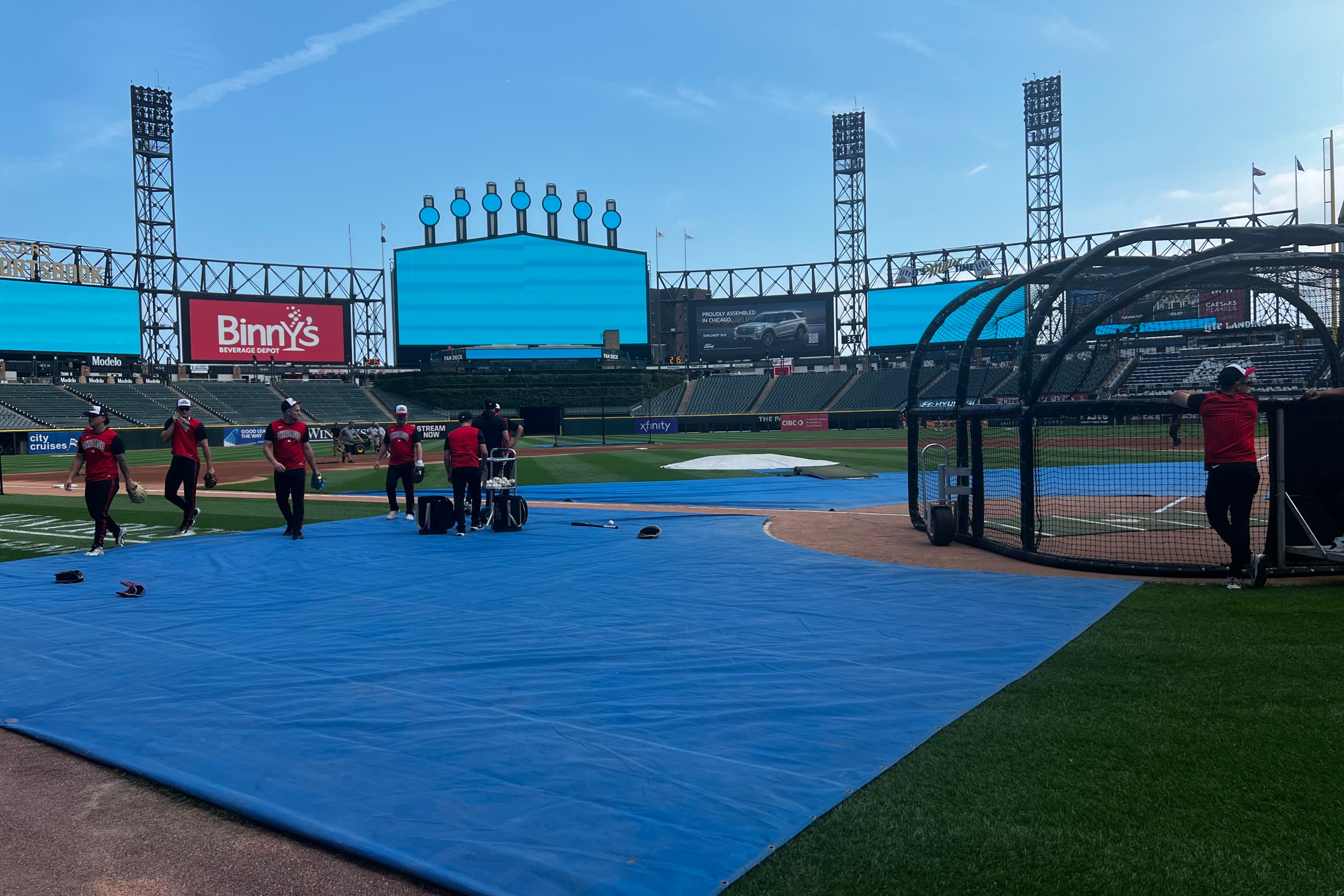DETROIT -- White Sox relievers issued six walks (none of them intentional) while recording five outs (they needed seven) in Sunday's 4-3 walk-off, sweep-sealing loss in Detroit. With that sort of performance, manager Will Venable can say "we expect better of those guys" and mean it.
Whatever success looks like for the 2025 White Sox bullpen, it probably can't include a third straight year of having a top-five walk rate in the sport as a unit.
"You have to be competitive in the zone," Venable said. "We’ve got to make them put the ball in play."
"You saw that last year, with me in particular I think," said a dismayed Fraser Ellard postgame Sunday about the importance of commanding right out of the gate. "When our bullpen is in the zone, it’s going to be hard to beat us. We were prepared. We did a good job of executing a lot of stuff today. It really comes down to I walked two guys and those guys came in and scored."
Ellard volunteering to put the target on his own back after two ninth-inning walks Sunday is a well-fortified trait of reliever nobility, similarly displayed by veteran Penn Murfee when a disastrous top of the sixth spoiled Shane Smith's debut on Tuesday in Chicago. But blaming one ineffective outing doesn't even sum up how things fell apart for the White Sox on Sunday, let alone their larger issue.
"We don't have that just one no-doubt ninth-inning guy," Venable said on Opening Day, for neither the first nor the last time this season. "We're going to mix and match and really utilize our versatility to help lock down some wins."
The White Sox hope to improve upon the MLB-leading 37 blown saves that greased the track to 121 losses last season. They have an interesting collection of odd arm angles and unusual pitch mixes to try to find effective options at low investment levels. With better data alignment organizationally, they can hope that a directive like for Michael Kopech to throw his cutter more would be integrated more quickly than it happened last year.
Only there is no Kopech, or any reliever with stuff and upside of that caliber to work from. With this group all efforts, successful and unsuccessful, will be group efforts, as Venable and pitching coach Ethan Katz try to build a bridge at the end of games out of the pockets in opposing lineups that different pieces of their bullpen match up with. It will often be a tenuous process. The success rate will not pace the league.
"We're just looking for weak contact," said Katz on the composition of the staff. "We're trying to deploy our best pitches, create space [in the strike zone], make [opposing hitters] feel more uncomfortable. But obviously we've got a lot of guys with stuff where they're going to have to mix and they're going to have to really get [hitters] uncomfortable and get them to chase."
Not only is Kopech gone, but this White Sox offseason lacked even investments on the level of last winter's signing of established free-agent relievers like John Brebbia or Tim Hill, or something on the level of acquiring Steven Wilson in a trade. None of those moves being successful might be just part of the reason, but as the Sox emphasized infrastructure improvements, those types of investments aimed at keeping close games from hitting the fan disappeared from the roster and there aren't yet internal options worth holding a torch for, either. At least not in terms of expecting more robust weapons to pick from in Cleveland.
Nick Nastrini has the secondaries to be an interesting reliever when the White Sox make such a move, albeit unlikely soon given how many Triple-A depth starters have already gone under the knife. Peyton Pallette, Eric Adler, Zach Franklin and Jarold Rosado (the Paul DeJong trade return) all merit long-term watching in Birmingham's bullpen. But at this stage, it would premature to describe them much differently than how the group in Chicago should be discussed: They likely have a role in a major league bullpen, but they have yet shown it should be a high-leverage one.
"We haven't established the back end of our bullpen. The one thing we do have is a balance of righties and lefties," said Chris Getz at the start of the season. "We've got some guys that can be used in smaller situations, there’s versatility for these guys to pitch multiple innings out of the bullpen. Especially early on, you get a better understanding of roles and capabilities. It was important for us to have guys that complement each other."
There actually is a current operating hierarchy to discern if close-watching the 2025 White Sox in April in your thing. Mike Clevinger and, to a lesser degree, lefty Cam Booser have been Venable's first options when a potential game-altering spot arises. It's just that on Sunday -- and even Opening Day -- it first appeared in the seventh and necessitated using greener options later. And neither Clevinger (four walks to 13 batters faced) nor Booser (two homers allowed in 20) have been immediately effective enough to provide a noticeable stabilizing impact.
The composition of a rebuilding year bullpen is not the most important issue long-term, making it no great mystery why the White Sox approached it the way they did. If Getz gave infield prospect William Bergolla back to the Phillies, just so Tanner Banks could come back, throw strikes to Riley Greene and send the Sox off to Cleveland with a 3-6 record and better mood, he'd be rightly pilloried. And the White Sox clubhouse knew the score too well coming into the year to sound the alarm now.
"We've got a young gritty team right now and we're going to get after it today, and keep going day in, day out," said catcher Matt Thaiss on Sunday. "We played some good baseball early on, struggled the last couple of days, but go get 'em today."
A leaky bullpen is just particularly hard to ever feel good about. It makes for the quietest clubhouses and the loudest radio call-in lines. And with the shape that last season took, it'll make it hard to feel like a page has been turned from an embarrassing 2024. But the White Sox have always talked like this sort of tumult with the reliever mix, especially early, was inevitable with this group.
We'll just have to get used to it. The true big leaguers eventually do.
"It's different when you're in the minor leagues," said Nick Maton. "When you have a slow start you don't see nothing. When you have it up here and you're 0-for-10 to start the year, you look up and see the scoreboard, this 120-feet massive scoreboard just glaring at you. But I just let it bounce off of me. I keep it positive, keep it going and stick to what you do best."






